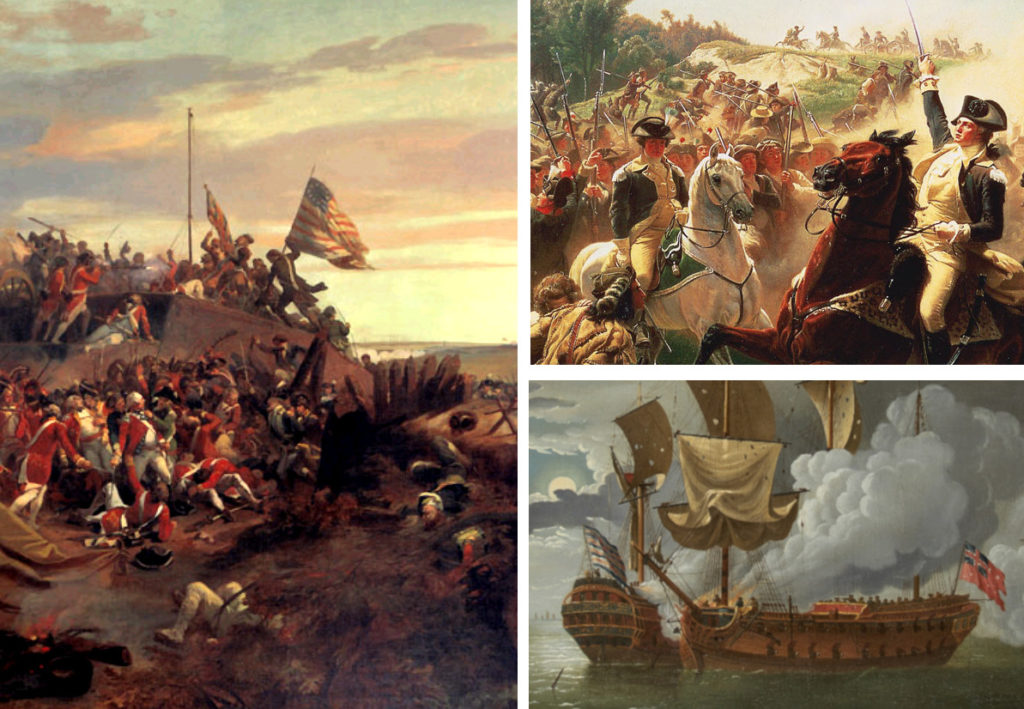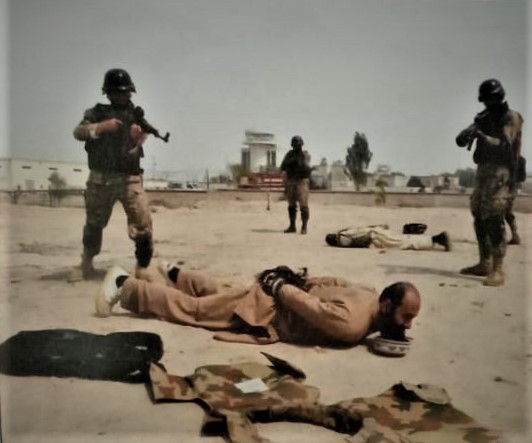For countries such as Pakistan that are at the forefront of the war on terror, insurgency and terrorism are hotly debated concepts. Although there are varying approximations of the number of lives lost during this period, a conservative estimate suggests that over 60,000 Pakistani souls have perished. That is a heavy and unfortunate price to pay for any nation. Unfortunate still is the reality that a generation has grown up under the shadow of insurgency and terrorism! But does the general population, or even the policy making elite, understand these fiercely contested ideas? Probably not. Do they need to? Emphatically yes. Because only then the critical need of coherent and complimentary policies of counter insurgency and counter terrorism will make sense. Consider.
There is no debate that insurgency and terrorism are intricately linked but they are not the same thing, and both can’t be used interchangeably. From the outset, one thing is a given both are difficult to define and delineate!
Insurgency is defined as and signified by a power asymmetry between two aggressive and belligerent groups. The weaker of the two groups is generally tagged as insurgents, while the stronger group is mostly the government or the state. It is the classic story of a power struggle where the insurgents “in an organised movement” will use all means necessary to change the dynamics of influence till they gain the upper hand and usurp power away from the government. Ironically, that is the stage where the insurgents stop being insurgents and become the government. In order to transfer power to themselves, insurgents will make use of subversion, ideological and social manipulation and armed conflict to get the majority on their side. This is a particular course of action the insurgents have chosen. Thus, and as previous op-eds in this series have also defined policy as a definitive course, insurgency is a policy with its own galvanising objective the transfer of power! Mao Tse-Tung said that insurgents are like fish and the people are water in which these fish swim. Without the support of the people, the insurgent is a fish out of water.
The greatest example of a successful insurgency is the creation of the United States of America. The American revolution saw a handful of rebels go against the mighty British empire and seize power away from the monarchy and into the hands of the founding fathers of the US. Imagine if that insurgency had failed? George Washington, Thomas Jefferson and their cohorts would have been executed for treason and the world would be a very different place today.
The preceding paragraphs have categorised insurgents even using armed conflict to achieve their goal of gaining power over the incumbent government. Therefore, terrorism is one of the strategies that executes the policy of insurgency. That is the consistent link and overlap between insurgency and terrorism! Previous articles have established strategy as means to an end. Aligning to that definition, terrorism is the means to achieve the end described the policy of insurgency that of transfer of power away from the incumbent. That is why terrorism includes the unlawful use of force or violence against people or property to threaten or coerce the civilian population or mostly a government to further any political or social objectives. Consequently, insurgency and terrorism work hand-in-hand and there are almost no historic precedence of terrorism without insurgency.

Continuing with the birth of the US as a case in point, the American revolution also saw armed conflict where the rebels took on the British arsenal in different battles and ultimately winning the war. Note that history notes these individuals as revolutionaries because history, as the saying goes, always belongs to the victors.
Just as the relationship between insurgency and terrorism is so closely linked, so needs to be the connection between counter insurgency and counter terrorism. However, there is one stark difference. While insurgency is a policy and terrorism is a strategy, both counter insurgency and counter terrorism are policies that aim to fight back against insurgency and terrorism. That is why the common lexicon talks about a counter insurgency policy and a counter terrorism policy. Mostly, because both have different objectives to achieve.
At the heart of the counter insurgency policy is the objective to maintain the status quo. Meaning that power should always remain in the hands of the incumbent i.e., the government. David Gaula wrote the perennial manuscript on counter insurgency called Counterinsurgency Warfare: Theory and Practice. He suggests that any counter insurgency policy must be cognizant of four courses of actions before the insurgents use terrorism to scale up widespread violence and open warfare. One, act directly against the insurgent leadership. Two, stop conditions that precipitate the insurgency. Three, use intelligence and infiltration to neutralise the insurgency from within. Four, reinforce the state political machine.
The galvanising vision of the counter terrorism policy is to reiterate or wrest back physical, territorial and perceptive control from the terrorists, formerly insurgents, so as to allow the government to maintain the balance of power in its favour. To that end these four strategies could be key. One, defence and protection of the population. Two, using war as a means to pursue the terrorists. Three, leveraging the criminal justice system to prosecute those waging war against the state. Four, settlement with those amenable to lay down arms and cull the insurgency.
For Pakistan, the dynamics of insurgency and terrorism are complex. There is a lot of water, in the form of political and societal support, for the insurgent fish to carry out their objective of wresting power from the government in some areas and indulging in terrorism in others. This makes it difficult for the military alone to win this conflict despite the correct operational strategies and the sacrifices offered by army personnel and general population alike. On top of it all, the chances of success are also skittled because of incoherent policy making for the purposes of counter insurgency and counter terrorism.
Just as terrorism operates on the behest of insurgency, so too must counter terrorism within the ambit of counter insurgency. That is why a counter terrorism policy must be subservient to the counter insurgency policy. Catastrophe will reign supreme if it is not!
It is true that insurgents and terrorists are the evil example of what came first? Chicken or egg? This narrative suggests that insurgents come first, followed by terrorists. Even regardless of that answer, both insurgents and terrorists have to be neutralised. An overarching counter insurgent policy aligned with a counter terrorism policy will go a long way in making that happen! Any lesser effort will fall over the first hurdle!




